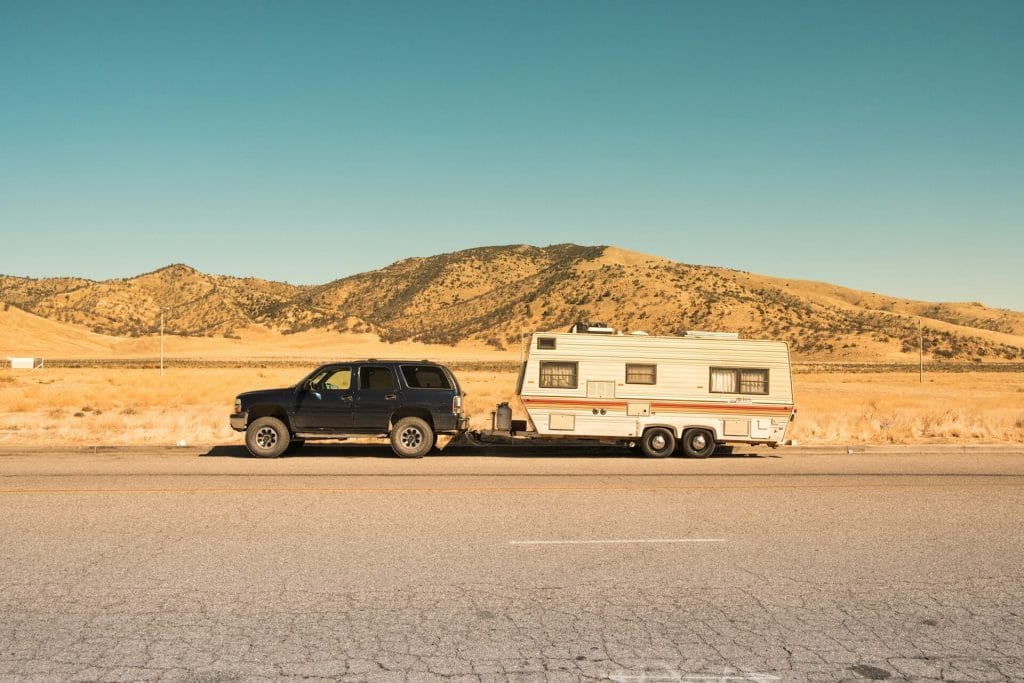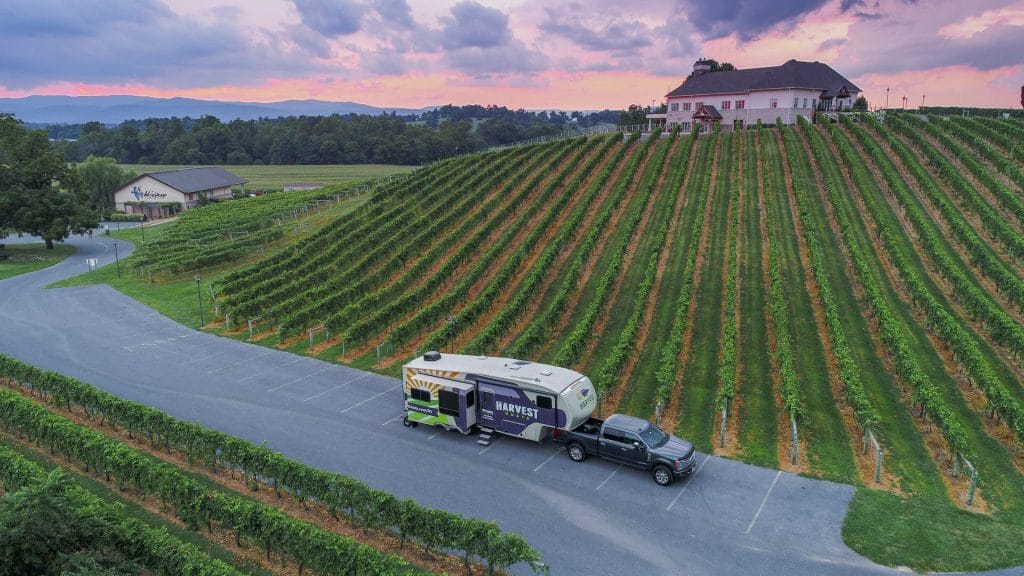

Towing a trailer with your car can seem challenging at first. Yet, it’s easier than you might think with the proper preparation. Whether planning a trip, moving equipment, or transporting a boat, this guide will help you understand the basics. You’ll learn to choose the right equipment, hitch your trailer, and drive safely. By the end, you’ll be ready to tow your trailer confidently.
If you’re new to towing, knowing about different trailers, hitching systems, and how to ensure your car can handle the load is essential. This beginner’s guide will teach you the essentials, from safety checks and weight distribution to driving tips. With this knowledge, you can tow safely and effectively.
Starting with towing a trailer can be overwhelming, but breaking it down into simple steps makes it manageable. This guide will cover everything you need to know, including your car’s towing capacity, necessary accessories, and practical tips. With this information, even beginners can quickly learn to tow.
Towing with your car involves more than just attaching it and hitting the road. The first step is understanding the basics of towing, which includes knowing your car’s towing capacity and the different types of trailers available. Your car’s towing capacity is crucial; it dictates how much weight your vehicle can safely pull.
This information is usually in your car’s owner’s manual or the manufacturer’s website. Overloading your vehicle can lead to mechanical failures and dangerous driving conditions. Similarly, familiarizing yourself with the types will help you choose the right one for your needs. Some of them include:
The next aspect to consider is the hitching system. The hitch is a critical component that connects your trailer to your car. There are various hitch classes, each designed to handle different weight limits.
Match the hitch class with your cargo weight. Understanding the different hitch types, like receiver and gooseneck hitches, will help ensure a secure and stable connection between your car and the trailer. Properly securing the hitch and performing a safety check before every trip can prevent accidents and ensure a smooth towing experience.

Before you start towing, it’s essential to prepare your vehicle. This preparation includes mechanical checks and ensuring you have the right accessories. Begin by thoroughly inspecting your car’s brakes, tires, and suspension system.
Towing significantly strains these components, so they must be in good condition. Brakes, in particular, are crucial because the additional weight of a trailer increases stopping distances. Make sure your car’s brake pads and rotors are in excellent shape, and consider installing a brake controller, which helps synchronize your trailer’s brakes with your car’s braking system.
Tires also play a critical role in safe towing. Ensure that your car’s and the trailer’s tires are properly inflated and have adequate tread depth. Underinflated tires can lead to blowouts, while worn tires can affect traction and handling. The suspension system should be checked to handle the extra weight. Sometimes, you might need to upgrade your suspension to a heavier-duty version.
Additionally, having the right towing accessories, such as tow mirrors and a trailer sway control system, can enhance safety and control. Tow mirrors provide better visibility of your trailer and the road behind you, while a sway control system helps stabilize your vehicle during windy conditions or abrupt maneuvers.
Choosing the right trailer type is essential for safe and efficient towing. Trailers come in various designs, such as utility, travel, and specialty trailers. Understanding these options helps you select the best one for your needs.
Match the trailer to your vehicle’s towing capacity to ensure safe towing. Consider the hitch your vehicle supports and the trailer’s weight distribution. Ensuring a good match between your car and trailer is crucial for a safe towing experience.
Utility trailers are versatile and used for hauling goods, equipment, and vehicles. They can be open or enclosed, with enclosed trailers offering weather protection and security. When choosing a utility trailer, consider weight capacity, size, and features like ramp gates and tie-down points.
Travel trailers provide comfort for road trips and camping, with amenities like kitchens and bathrooms. They vary in size, from compact to large, luxurious models. Choose based on the number of occupants, desired amenities, and your vehicle’s towing capacity. Wondering how to tow a travel trailer? Worry not! They’re straightforward and easy to hitch and start driving.
Specialty trailers are designed for specific tasks, like horse trailers, car haulers, and boat trailers. They include unique features for safely transporting specialized cargo. When selecting a specialty trailer, consider the specific requirements of your cargo.
Flatbed and equipment trailers are used for transporting heavy machinery and oversized loads. Their flat, open bed makes it easy to load large items. Choose based on weight capacity, bed size, and additional features like drop decks or gooseneck hitches.

Hitching your trailer correctly is vital for safe towing. Start by ensuring your car and trailer are on a level surface. This makes it easier to line up the hitch components. First, attach the hitch receiver to the ball mount on your car. The ball mount should be the correct size for your trailer’s coupler.
Once aligned, lower the trailer’s coupler onto the ball mount and secure it with a locking pin. Ensure the coupler is tightly secured and cannot move. Connecting the safety chains from the trailer to your car is also essential. Cross the chains underneath the coupler in an X-pattern, which helps catch the trailer’s tongue if it disconnects from the hitch.
Next, connect the electrical wiring from the trailer to your car. This wiring controls the trailer’s brake lights, turn signals, and taillights. Properly functioning lights are crucial for safety, as they signal your intentions to other drivers on the road. Check all lights to ensure they’re working correctly before you start driving.
Some trailers have additional components, like a breakaway switch that activates the trailer brakes if disconnected from the car. Make sure this system is operational and that the battery is charged. Finally, double-check all connections, the hitch, and the trailer’s load distribution to ensure everything is secure and balanced.
How hard is it to tow a trailer? Driving with a trailer requires different skills and techniques than regular driving. One of the most noticeable differences is the increased stopping distance. Always maintain a greater following distance from the vehicle ahead of you to allow additional stopping time.
Gradual acceleration and deceleration are vital to preventing trailer sway and maintaining control. When turning, take wider angles to avoid clipping curbs or other obstacles. This is particularly important in tight spaces or when navigating sharp turns. Practice makes perfect, so consider practicing in an open area before hitting busy roads.
Highway driving with a trailer also requires extra caution. Wind resistance can cause the trailer to sway, making it harder to control the vehicle. Stay within the speed limit and avoid sudden lane changes. Use designated lanes for vehicles towing trailers when available, and be mindful of other drivers.
Pay close attention to road conditions and weather, as rain, snow, or ice can significantly affect your vehicle’s handling. Use your tow mirrors to monitor the trailer and ensure it’s tracking correctly. Pull over safely to inspect your setup if you notice any unusual movements.
Safety should always be your top priority when towing a trailer. Regular maintenance and inspections of your trailer and towing equipment are essential. Before each trip, check the tire pressure, brake lights, and hitch connections. Ensure the load is evenly distributed and securely fastened to prevent shifting during transit.
Overloading or improperly loading your trailer can lead to dangerous driving conditions and increase the risk of accidents. Use tie-down straps and ensure heavier items are placed over the axles for better stability.
Legal considerations are also important when towing a trailer. Different regions have varying laws regarding trailer towing, including speed limits, licensing requirements, and equipment standards. Familiarize yourself with the local regulations before you start your journey. Some areas may require special permits or additional safety features like trailer brakes or reflective tape.
Adhering to these regulations ensures compliance and enhances your safety and that of others on the road. Finally, having appropriate insurance coverage for your car and trailer can provide peace of mind and financial protection in case of accidents or damage.
Towing a trailer with your car requires careful preparation and knowledge, but it becomes manageable with the proper guidance. First, understand your car’s towing capacity and choose the right trailer type. Ensure your vehicle is in top condition and has the necessary accessories.
Learn to hitch your trailer securely and practice driving with the added load. Always prioritize safety and follow local regulations. With these steps, you’ll know how to tow a trailer and transport your cargo safely.
Millennium Trailers is your trusted partner for high-quality trailers at unbeatable prices. Serving all 50 states, we’ve delivered over 5,000 trailers nationwide.
Established in 1998, we’re a company dedicated to meeting your hauling needs with excellence. Whether it’s cargo trailers or custom living quarters, we provide a wide range of options to suit your requirements. Our knowledgeable and friendly team ensures a smooth buying experience with personalized assistance. Proudly offering competitive pricing, state-of-the-art designs, and easy financing options. Committed to customer satisfaction, we strive to simplify the process of finding your perfect trailer.
Choose Millennium Trailers for a reliable, customized solution that delivers quality and value for your investment.
Copyright 1998 – 2023 Millennium Trailers, Inc.